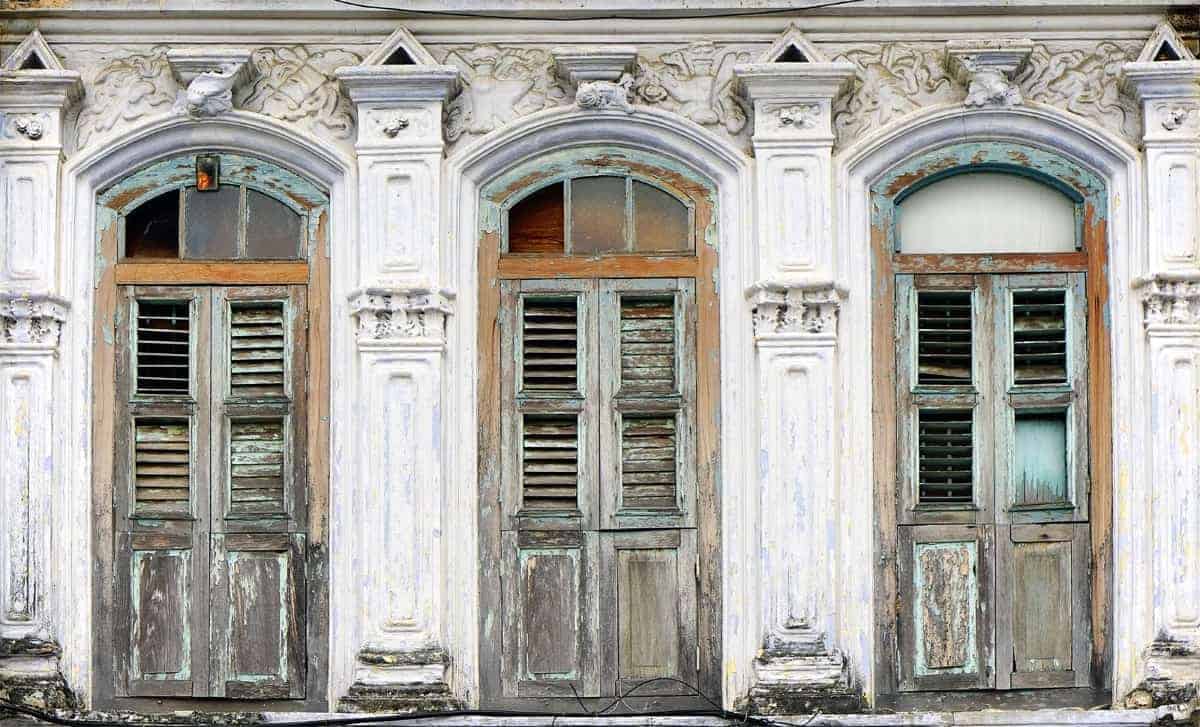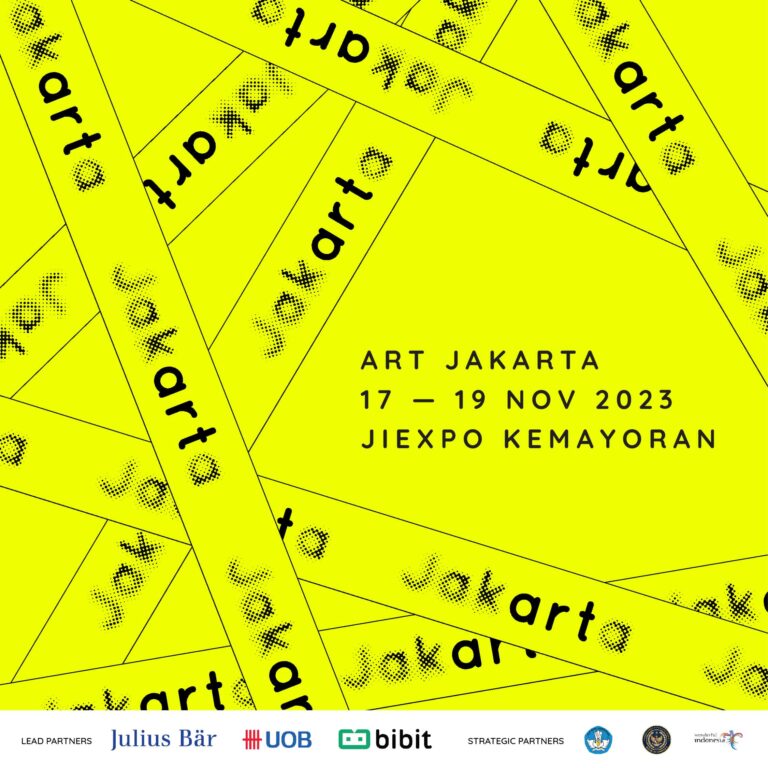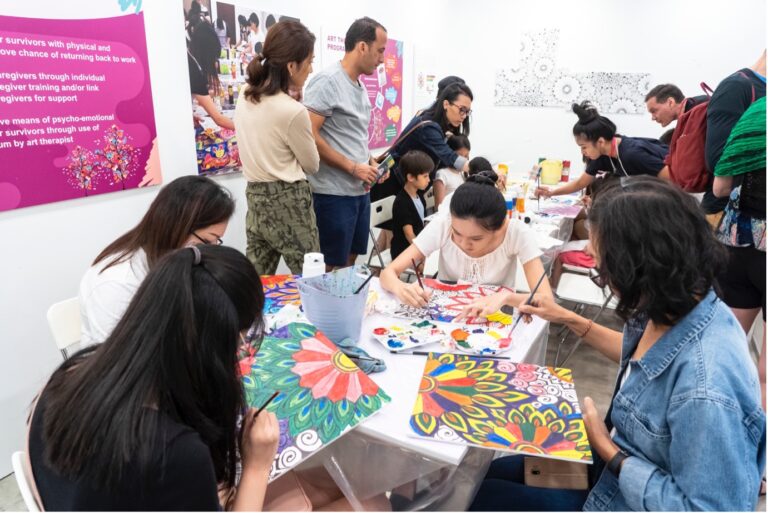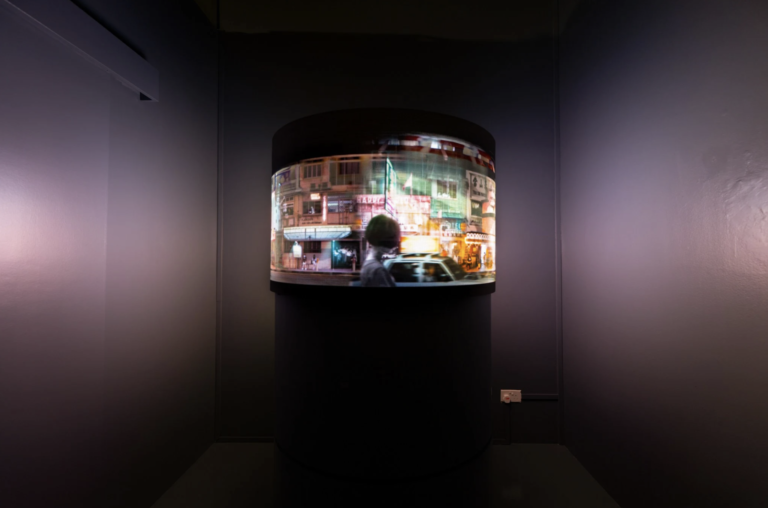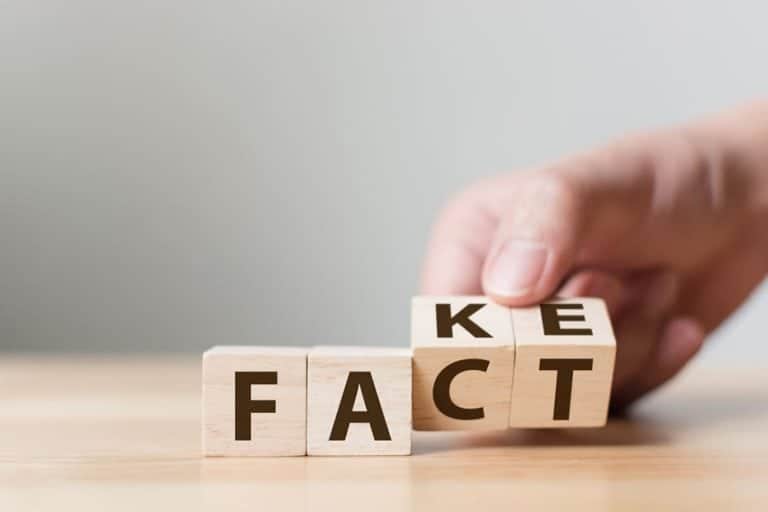On any given weekend in Penang, Malaysia, there’s plenty to do.
Merely hitting up the island’s famous hawker stalls will keep you busy as the state is home to dishes reputed to be the best in Malaysia for practically every kind of meal:
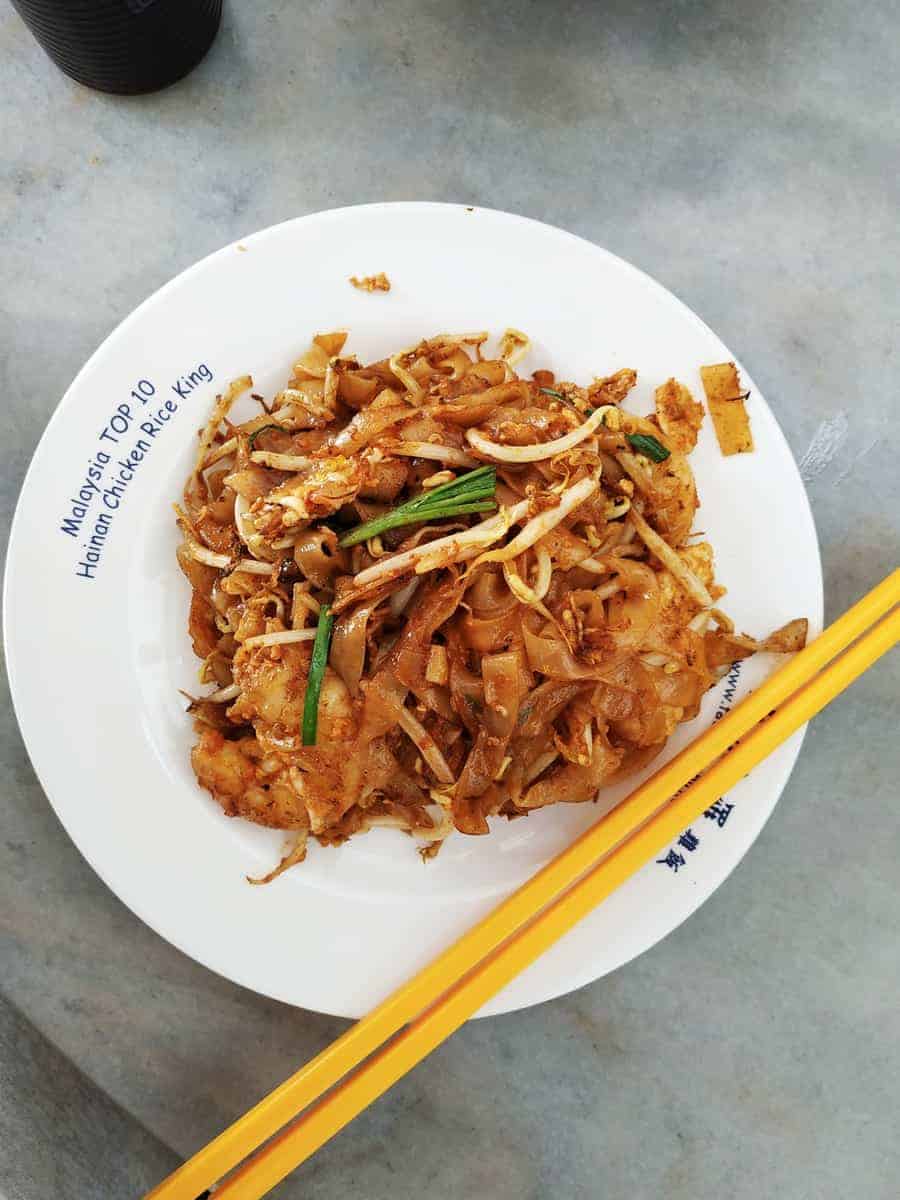
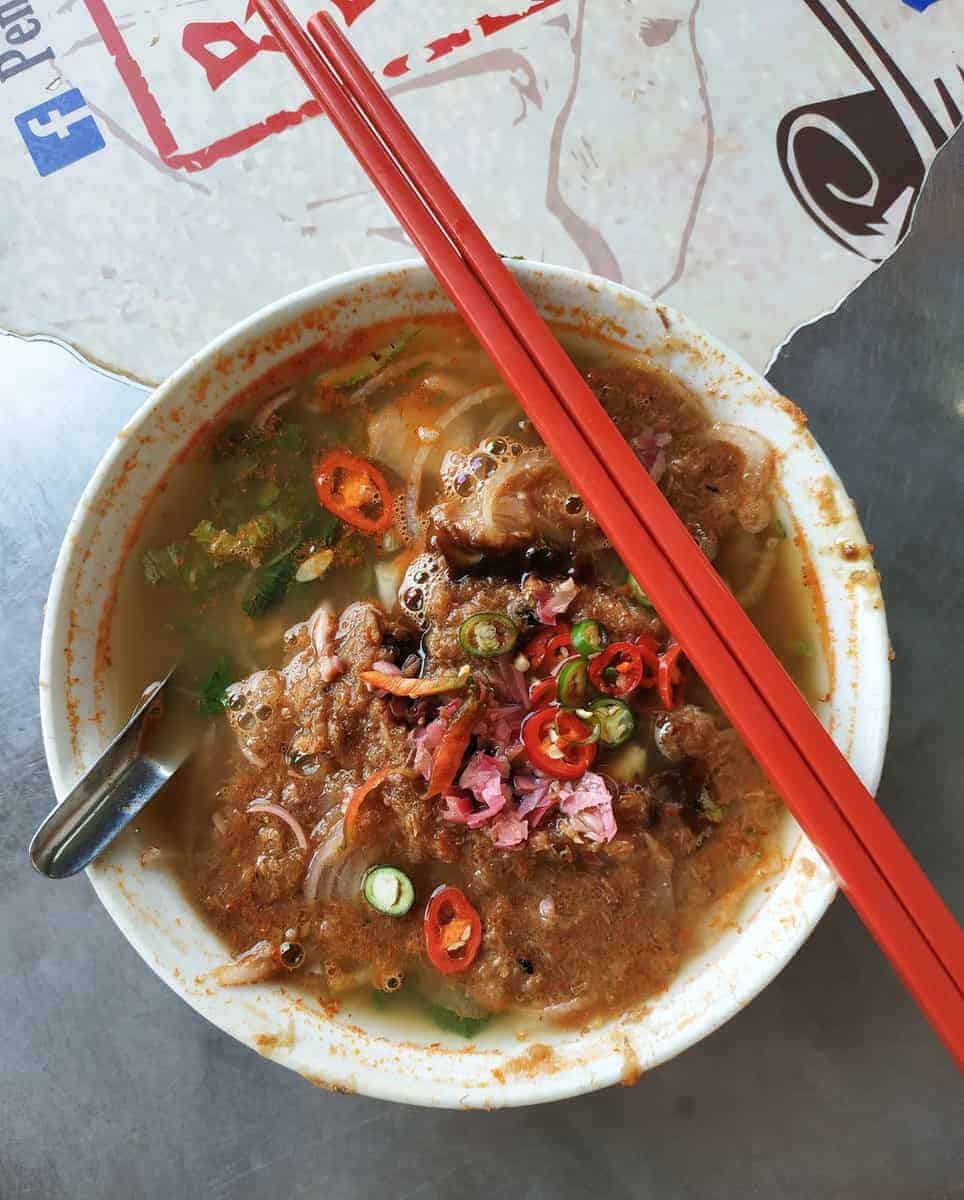
Last weekend, I had the chance to visit the George Town Festival (GTF) that runs until the 2nd of September. In its ninth year, the GTF has been lauded for the diversity of art and local heritage that it showcases.
However, an incident of censorship has marred this year’s festival.
Organisers were ordered to remove portraits of two LGBT activists from the Stripes and Strokes photography exhibition by Mooryameen Mohamad that featured portraits of Malaysians posing with the Malaysian flag:
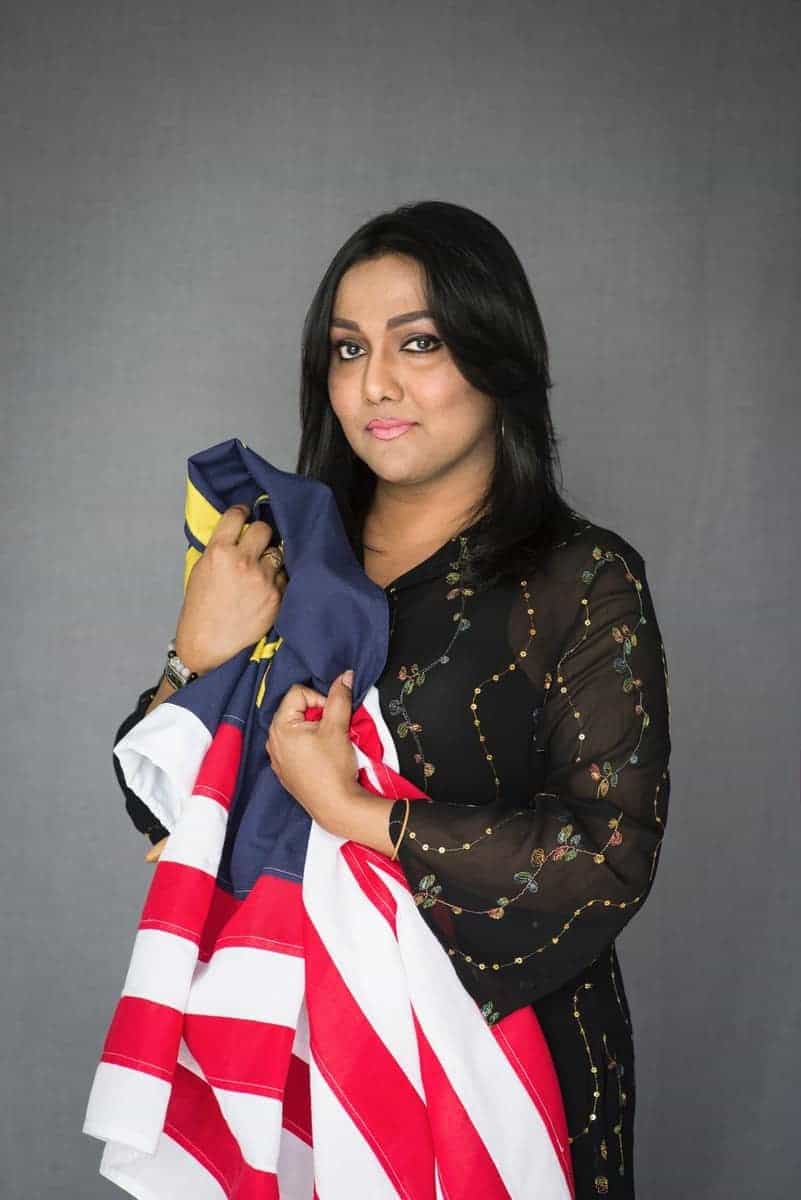
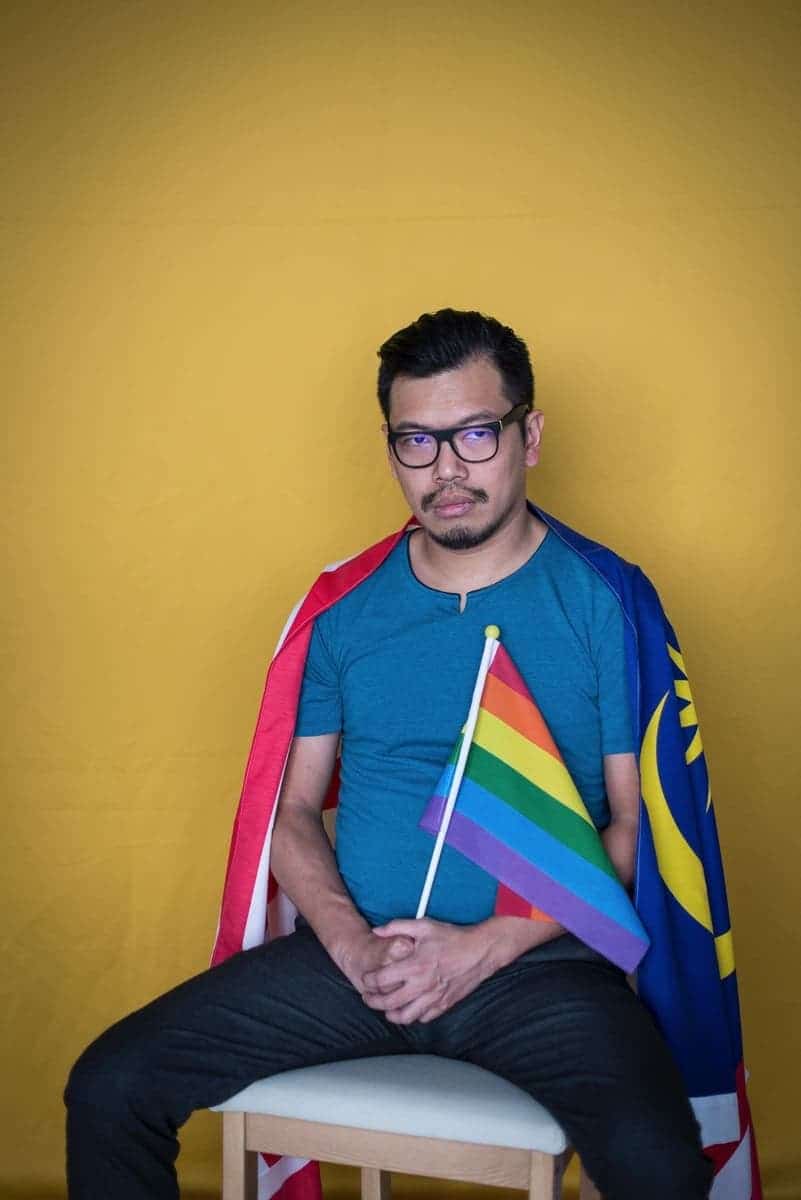
The festival organiser, Joe Sidek, eventually acquiesced to the removal of the above images, and was quoted by the BBC as “[choosing] to lose this battle.”
Possibly, this decision could have been made so as not to put at risk, state funding for future festivals. There had been calls to boycott the festival as a result of this act of censorship and I too remained conflicted about the ethics of attending the event, during my time at the festival.
My friends and I had looked up the schedule ahead of time and each chose a “must-see” event.
For me, it was the Forbidden Fruits exhibition, which featured traditional rattan-weaving incorporated into contemporary sculptures of surreal fruits. I was interested in seeing an art form that is normally considered to be a kind of craft, exhibited in a contemporary art setting.
Take a look:
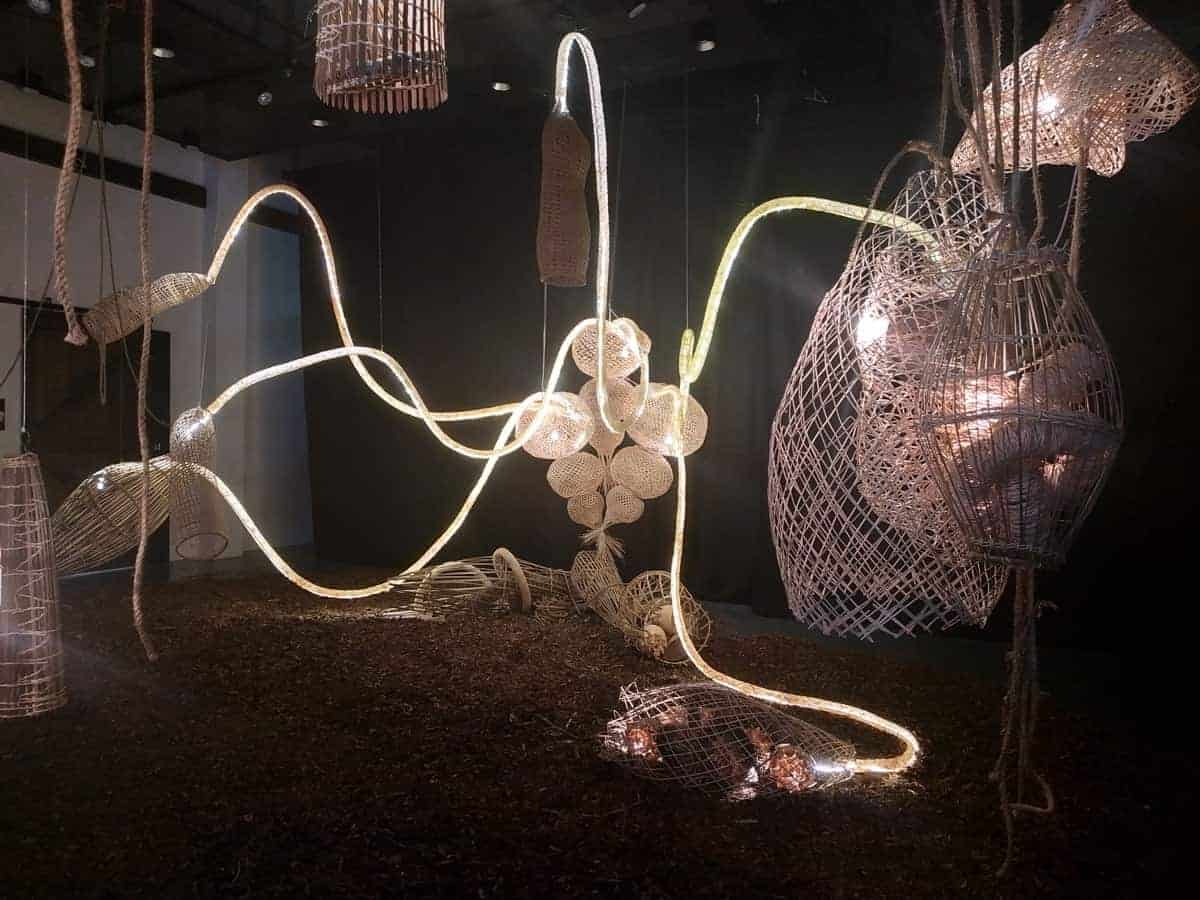
The installation was exhibited in a darkened room in Bangunan U.A.B, with the only light emerging from within the sculptures, transforming the space into a small, dark and unearthly forest. Some of the sculptures still resembled the more familiar forms of traditional fishing traps and baskets:
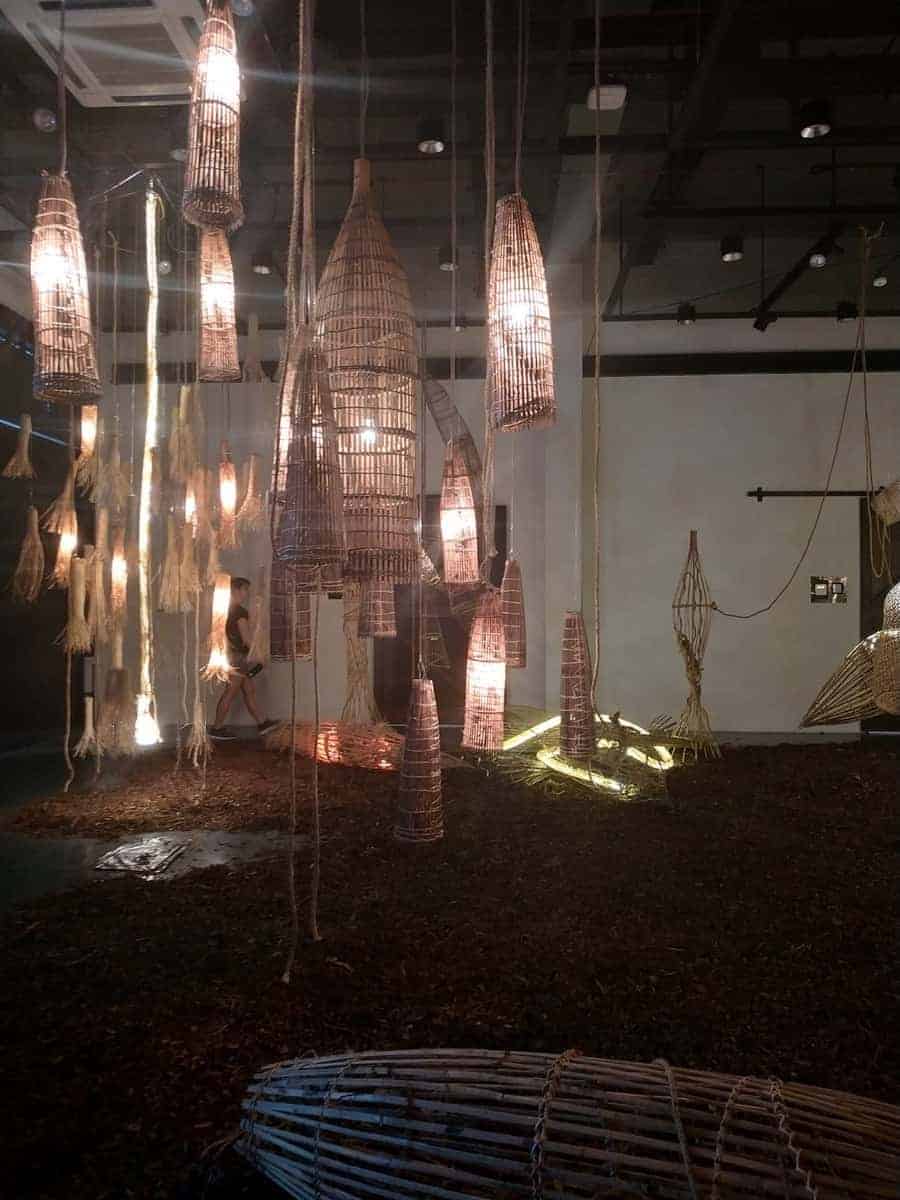 However, to me, the central piece in the installation very much resembled an alien reproductive system:
However, to me, the central piece in the installation very much resembled an alien reproductive system:

In isolation, the piece looked like strange fruit with columns of progressively larger rattan spheres hung at different angles. The glowing tentacles that extended from the spheres to the other pieces hinted at growth and reproduction.
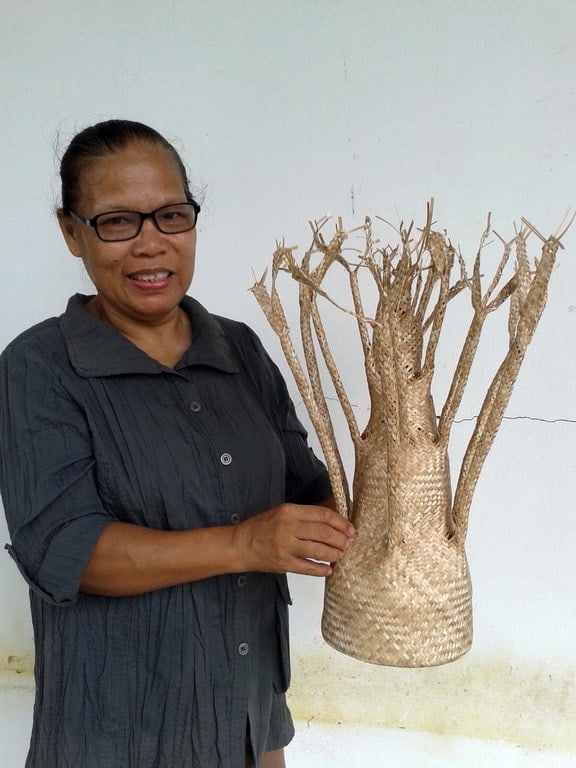
In the GTF guide, the work is described as exploring taboos such as sex and death while also highlighting the spiritual significance of rattan baskets; in this respect, Forbidden Fruits succeeds in expanding the viewer’s appreciation of traditional weaving.
However, I was disappointed to see no mention of the indigenous women (like Senia), who had worked to create the woven objects. Despite being listed as a project with indigenous weaving communities, the gallery space and the GTF website do not list the names of the weavers or even the ethnic group that these particular weaving techniques come from.
Instead, the installation was billed as a collaboration between The Ranee of Sarawak (a hotel), Tanoti (a Sarawakian social enterprise that preserves songket weaving) and Edric Ong (a Sarawak based designer). Jackie Fong, Tanoti’s founder, had this to say:
“…we had given the organisers comprehensive information about the artisans and their respective villages. We had also flowed through various images of the making of the pieces, and I believe these appeared on social media in the lead-up to the Rainforest Fringe Festival [a festival where the installation first appeared].”
Fong provided me with a screenshot from GTF founder Joe Sidek’s Facebook page with a picture of the weavers from the Penan ethnic group associated with Tanoti, working on their contributions for the artwork:

I also spoke to Joe Sidek to clarify the matter of accreditation and in an admirable act of candour, he admitted that the omission was a mistake. Said Sidek,
“It is my fault…I really wanted the names of the weavers because I think they should be the ones that are credited and named, and given the prominence, because they wove (the works). But somehow or rather in the rush to get things done, I didn’t manage to get the names.”
The oversight is unfortunate as indigenous Malaysians are largely unrepresented in the country’s conception of nationhood. Although Malaysia prides itself as multicultural, or muhibbah, depictions of muhibbah Malaysia, especially in Peninsular Malaysia, are often restricted to the Malay, Indian and Chinese cultures, with heterogeneous indigenous peoples relegated to the controversial “dan lain-lain” (others) category. From my conversation with Joe Sidek, it’s clear that this was not an intentional omission, and that he indeed recognised the seriousness of the curatorial misstep. Hopefully, the project, which Sidek says originated as a way to preserve and innovate with indigenous weaving through new forms, will take this issue into consideration during future exhibitions.
Our next destination was the basketball court at Lebuh Acheh for Kaxabu! A language no longer spoken? by Thunar Circus, described in the GTF guide as a contemporary circus performance. I have to say that the latter description hardly does justice to the performance which I witnessed.
While the performance did utilise acrobatics, it felt much closer to contemporary dance. Locals and tourists filled up the plastic chairs and sides of a basketball court which had been converted into a stage, with a runway of dried leaves. The runway led to a circle in the centre of the court, which was made up of more dried leaves. The performers, three women and one man, performed a piece about the dying language of the Kaxabu indigenous group from Taiwan.
According to the GTF guide, the aboriginal cultures, languages and tribes of Taiwan have generally become marginalised, with the modernization of Taiwanese society:
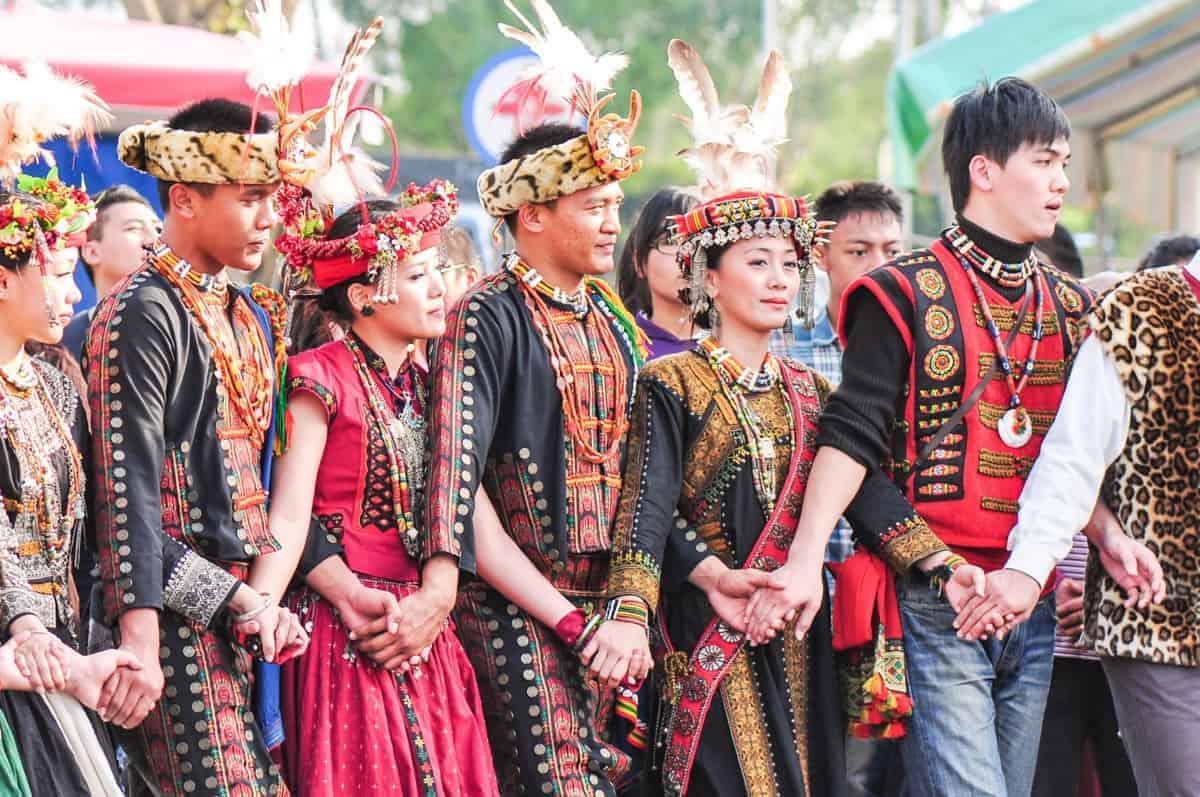
Accordingly, the GTF performance addressed how the absence of language has resulted in a loss of identity for the Kaxabu people. Accompanying the performers was a live DJ who played house beats over forest sounds that were punctuated by Kaxabu words such as “nose” and “feet” and their corresponding Mandarin translations.
At first, I could discern that the performers were enacting a riverside scene. The bamboo sticks they used as props, which would later turn into hoops for the other performers to jump through, were fishing nets; but, any further sense of narrative was soon lost. Perhaps the illegibility of the story perfectly captured the thematic concerns of what is lost when a language disappears.
As for my earlier misgivings about attending the festival in spite of its censorship issues, I still don’t have any answers.
Now that the Penang authorities are part of the ruling coalition of the government of Malaysia, they may well feel pressure to seek the support of conservative voters. Such voters may have voted out the previous ruling government for its alleged corruption, rather than out of support for the opposition and its perceived socially liberal values. A desire to please all constituents may spell less freedom in terms of curation and content of future arts festivals, which would be a shame.
From my own observations, the GTF, with its many free events and unassuming settings, makes art and culture from around the world accessible to both visitors and Penang’s local residents. Further, many of the pieces such as the Kaxabu performance open up conversations about erasure and marginalisation in thought-provoking ways.
Unfortunately, this year, it was made clear that not everyone’s presence was welcome.
Is this year’s censorship an omen of things to come in the wider Malaysian art world?
I certainly hope for the sake of Malaysia’s growing art spaces, and the country at large, that our idea of who and what is “Malaysian,” is an inclusive and expansive one.
